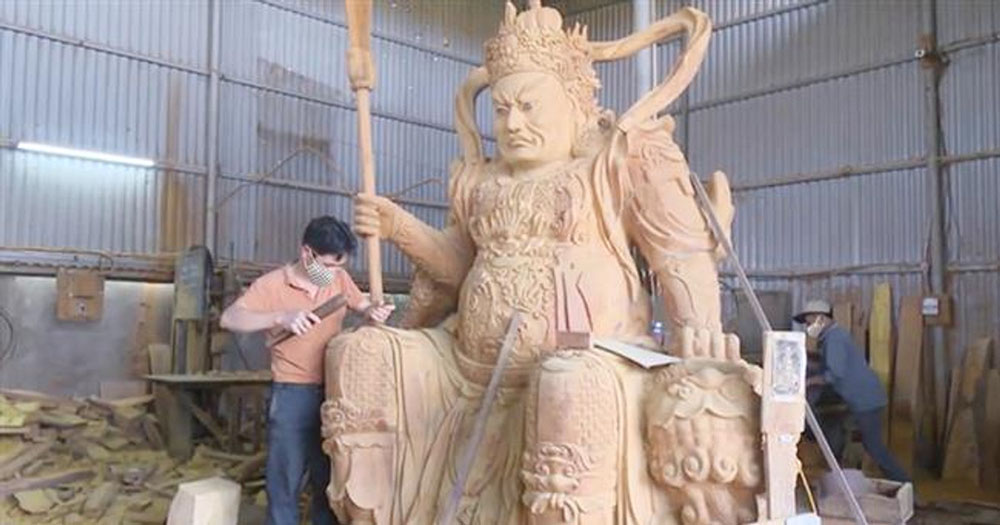
1. Find out the origin of the name Nhi Khe village
Nhi Khe village is located about 20km south of Hanoi. In the past, the village's common name was Dui village, famous for its woodturning profession, so the people called it Dui Tien village.
According to records in the genealogy books of families living in the locality for a long time, in the past this land was called Trai Guava (or Ngoc Oi).
Legend has it that this is a beautiful land with lyrical scenery. So in the Ly Dynasty, riding on a dragon boat down the To Lich river south of the capital, the king often went sightseeing and saw the rich land and trees on both sides of the river with brilliant flowers blooming, so he decided to Named this area Nhuy Khe (meaning flower stream).
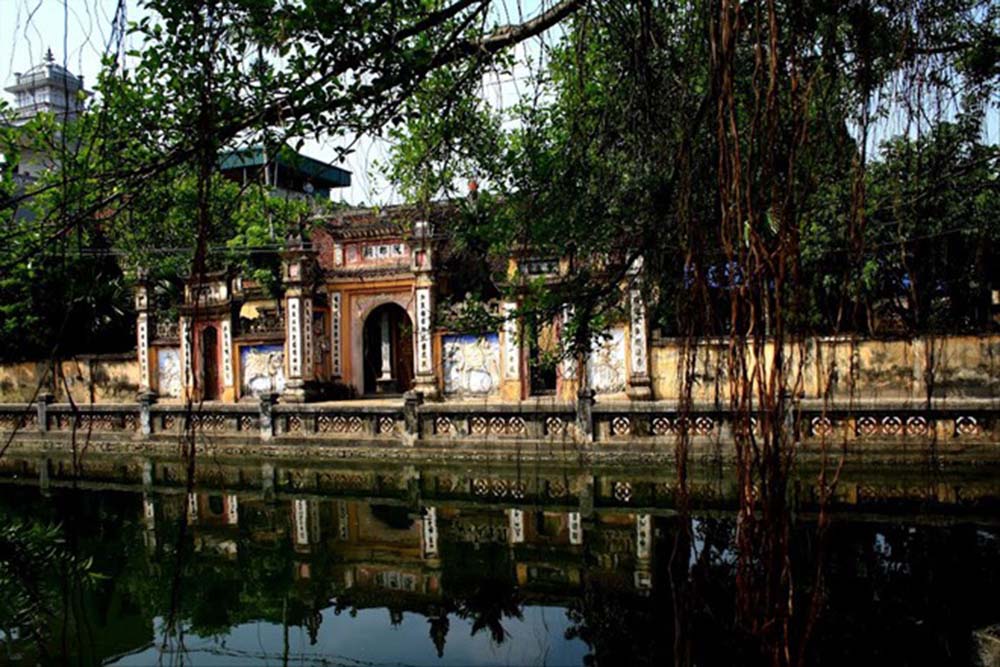
Since ancient times, Nhi Khe woodturning village has been considered a sacred land of outstanding people, having produced and nurtured the souls of many cultural celebrities. Among them, a typical example is the Nguyen Phi Khanh family. Nguyen Phi Khanh - Nguyen Trai's father, after passing the doctoral exam, he returned to his hometown in Nhi Khe and opened a school in the Hue pond area of Oi camp. Loving his homeland, Nguyen Phi Khanh took the name of his homeland as his nickname, Nhi Khe.
Because they loved his virtue and talent, in the 14th century, the villagers took his nickname as the name of Nhi Khe village. From here, the name Nhi Khe is associated with this land rich in nature, human resources and emotions.
2. History of wood turning craft in Nhi Khe village
Each traditional craft village has its own historical story. The same goes for Nhi Khe wood turning village, a village with a 300 year history of turning wood must be very special. The story about the origin of the turning profession is still passed down by the people here to teach their children and grandchildren about the precious capital of their homeland.
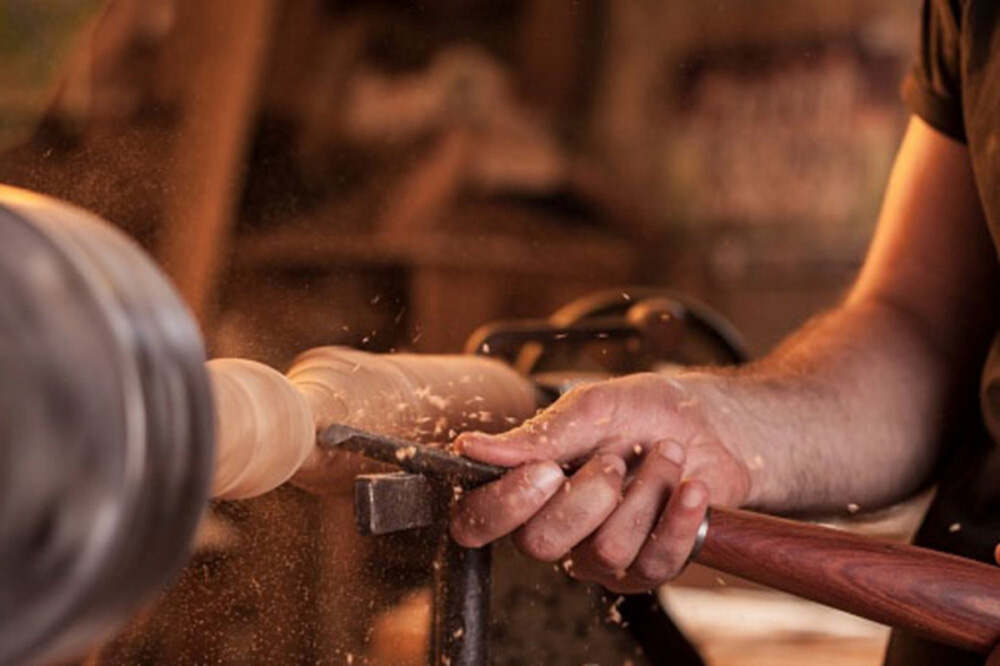
Legend has it that during the reign of King Le and Lord Trinh, there was a talented turner named Doan Tai who had the ability to turn many unique products, including an 18-hole cigarette that could let 18 young men smoke at the same time... He returned to Khanh Van village, Khanh Ha commune across the To Lich river (also in Thuong Tin district) to teach woodworking to the people there, but the teaching was unsuccessful. He was bored, went to the river to sit, saw a lot of children bathing, and asked if he wanted to learn a trade. The villagers agreed, and he waded the river to Nhi Khe village to teach the profession. When Nhi Khe people had mastered their studies, on October 25, he suddenly left and did not return. Since then, Nhi Khe people have taken this day as the death anniversary of the village's founder, honoring him as the Ancestor of the Holy Master. Craft villages developed. By the 18th and 19th centuries, Nhi Khe people brought their craft to make a living in many places: Nam Dinh and Thai Nguyen. In Hanoi, they focused on opening stores on To Tich Street, Hang Gai Ward today.
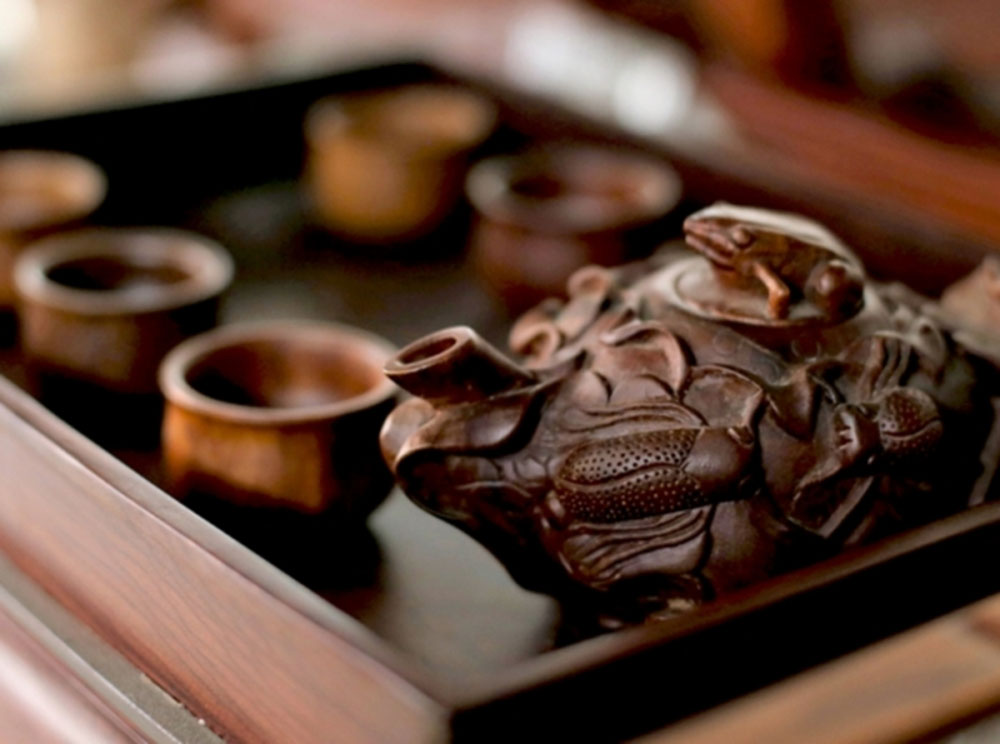
The people of Nhi Khe woodturning village highly respect their ancestors. The temple of the ancestor of the turning profession in Nhi Khe also preserves great paintings and gilded lacquered horizontal panels with profound educational content, such as the horizontal panel with three Chinese characters "Vien Nhi Than" (used by the god). turntable for turning), a horizontal panel with the three words "Huu Khai Tien" (for expanding the profession) and a large horizontal panel with the four great words "Vien Co Thiet Phap" (turning magic of circular machines).
Belief in Nhi Khe village has its own characteristics: On Tet, villagers first go to the communal house to worship, then go to the ancestral temple and then go to wish each other New Year.
And in their luggage to return home to celebrate their ancestors' death, the people of Nhi Khe village always bring two essential things to place on the altar: offerings of incense and flowers and bundles of turning tools such as sweepers, rolling pins, and drills to ask the local forge owner. my village, fought back (with the meaning of taking the blessings of my hometown and my ancestors).
3. Products of Nhi Khe carpentry village
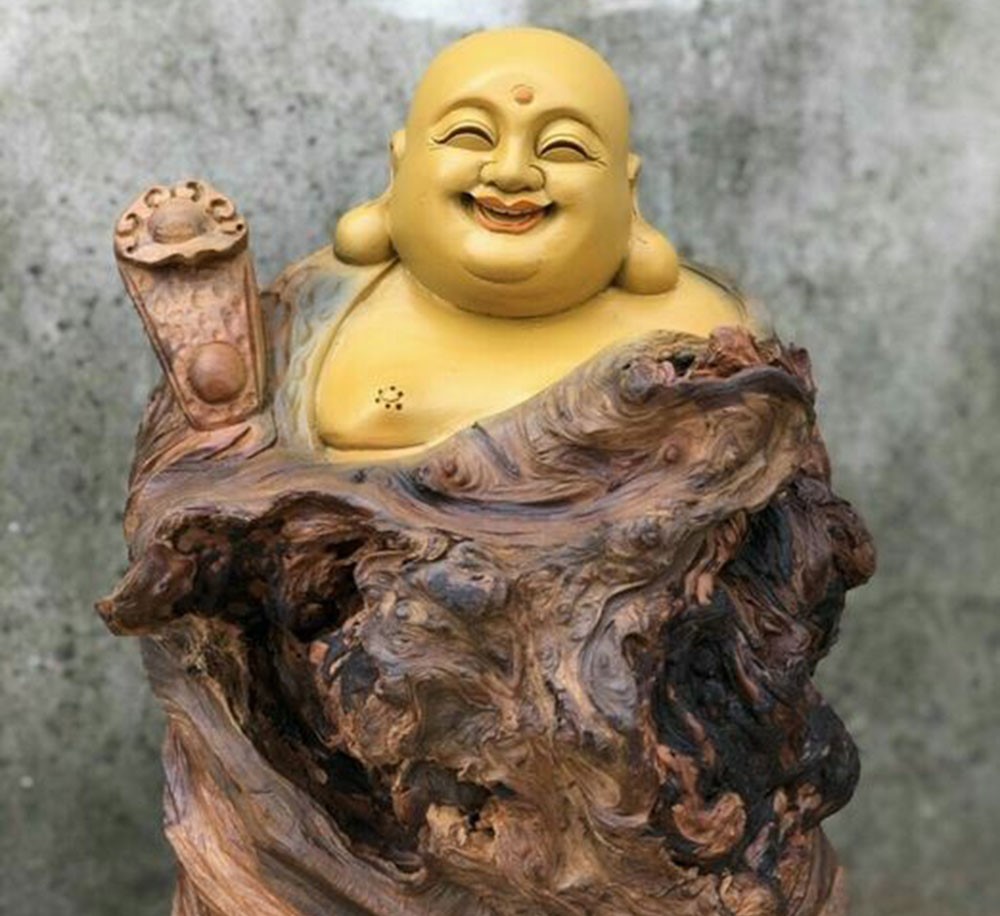
The old folk song is still proudly recited by Nhi Khe people about the traditional craft of their homeland. Here, almost everyone knows how to do a job, from old to young, from young men to workers in their sixties, everyone has something to do.
Just like the traditional song, "Nhi Khe the handyman makes all kinds of things". Nhi Khe woodturning village can produce a variety of items from worship items to wooden household items.
- Worship items include incense tubes, flower vases, display trays, candle holders...
- Household items include kettle baskets, wooden wheels, hookahs, spinning tops, balls, etc.
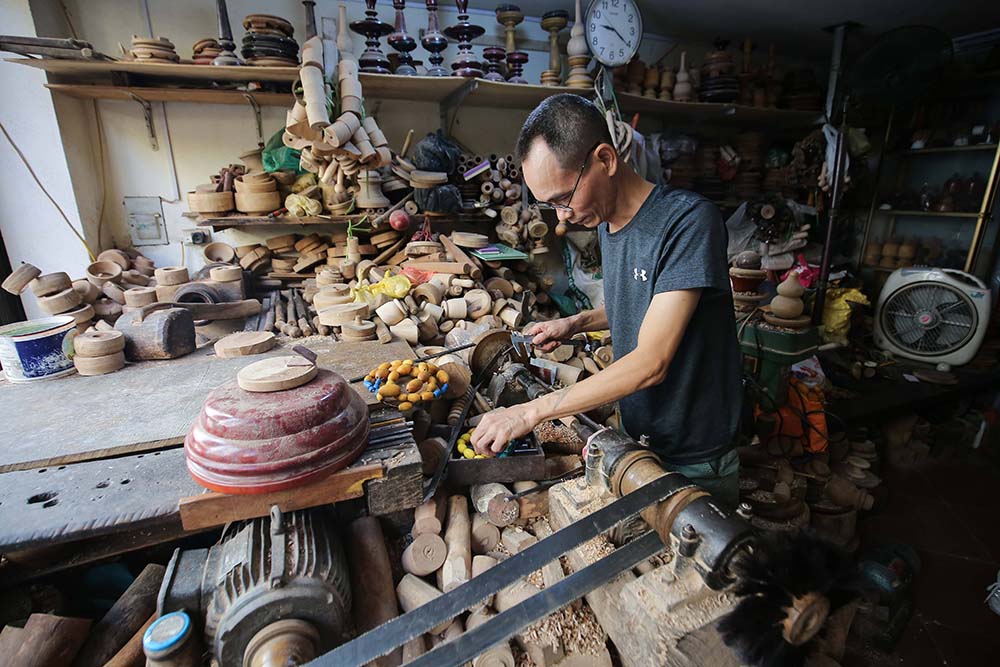
Today, with creativity, Nhi Khe craftsmen have produced hundreds of items with different designs. Nhi Khe's products are sophisticated, with increasingly better quality, meeting the needs of domestic and foreign markets such as: vases, vases, plates, containers, wooden mats, car seat cushions, door curtains, flower vases, beads... Not only that, Nhi Khe craftsmen also skillfully combine high-end carpentry with lacquer, sculpture, and mother-of-pearl inlay to create sophisticated turned products that are favored by domestic and foreign customers. popular, especially decorative items and high-end fine arts.
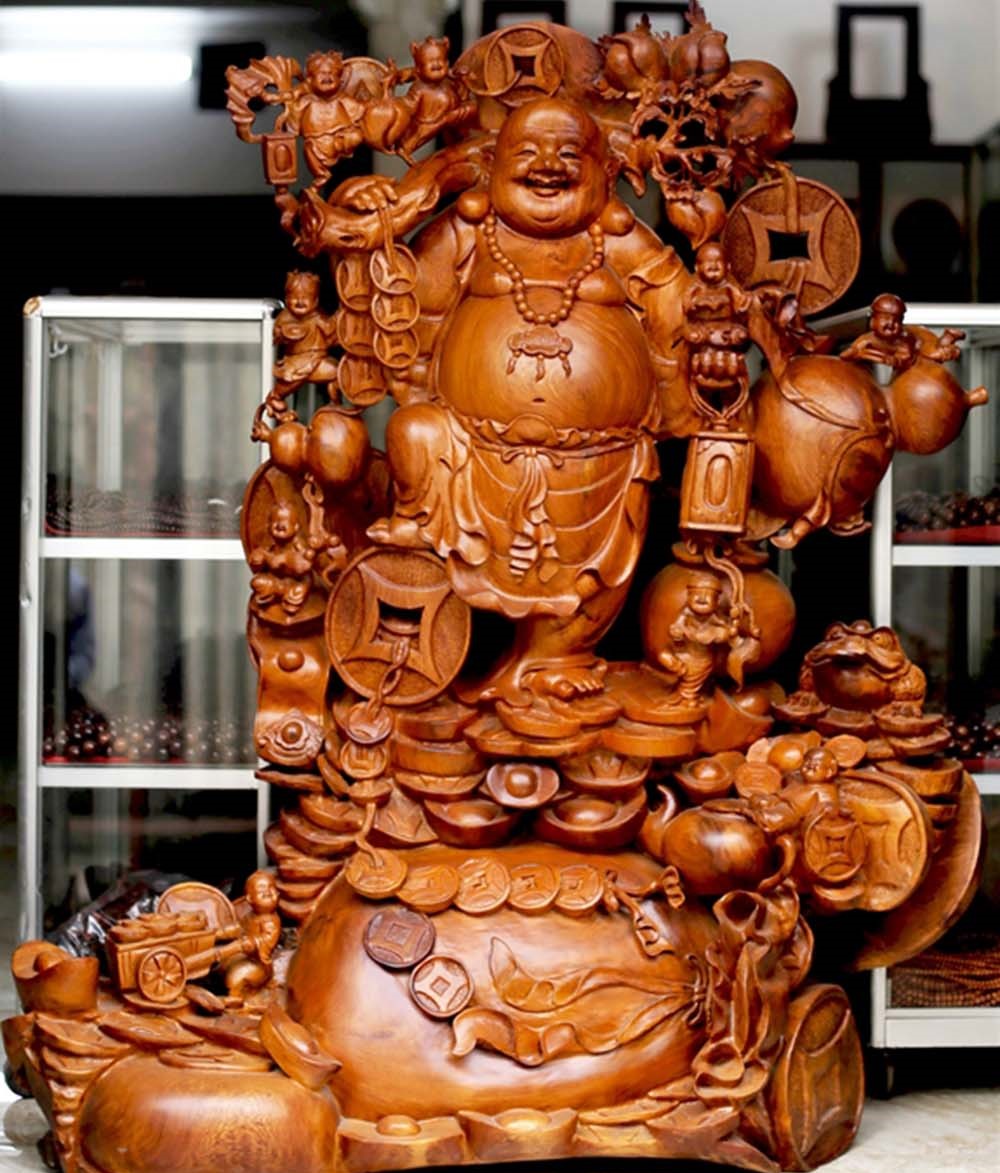
Regarding production tools, in the past, artisans of Nhi Khe village often used a lathe that was previously rudimentary, using two bamboo sticks to rhythmically move up and down with their feet, wooden spinning wheels, and rope or leather straps. , two-way back and forth rotation, no ball bearings. Nowadays, the lathe machines of Nhi Khe woodturning village have been improved, run by advanced electric motors, and the products are more abundant.
Raw materials used for turning include two main types: wood and horn. There are all kinds of wood from jackfruit wood, oak wood, ironwood, mahogany, rosewood, pomu. Horns include buffalo, cow, deer, etc. In the past, elephant ivory was also convenient to make precious items for the court and noble houses.
4. The development of Nhi Khe woodturning village
With a history of 300 years, up to now, the development of Nhi Khe woodturning village is still growing day by day. The riverside countryside is still bustling and bustling with daily production activities, showing the strong vitality of a craft village.
90% of households out of 600 households in Nhi Khe commune work as lathes. Producers here have equipped modern machinery and equipment to serve production. Each household will specialize in a particular product: households making horn goods, households making fine arts, households making worship objects, or some households making fine arts, decorative items, etc. In addition, a small number of families choose to have children. business and distribution routes for products from craft villages. Or trade wood to provide raw materials for production.
The turning profession not only creates jobs for people in the village, but also attracts many workers from other localities, with an average income of 4-5 million VND/person/month. Thanks to this, people's lives are improved and the face of rural areas is increasingly improving.
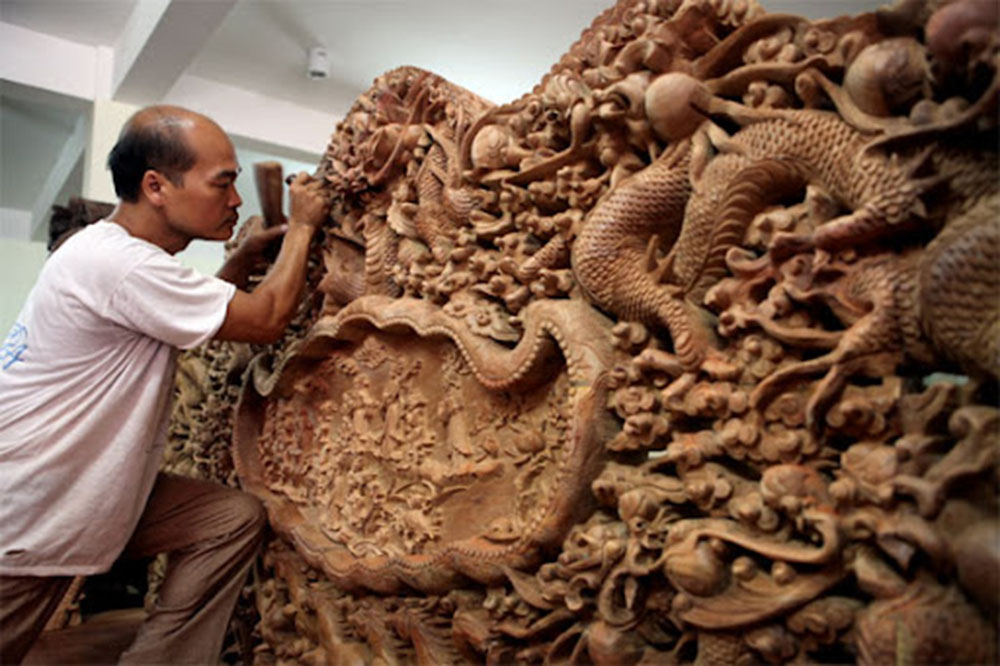
Besides production development, Nhi Khe lathe village is also an attractive tourist destination for tourists. When coming to Nhi Khe, visitors will be able to witness firsthand the process of creating wooden products and souvenirs sold in stores. In addition, tourists can also learn about and visit relics and tangible and intangible cultural heritage such as village communal house, Truc temple, Nhat An ancestor church, Nguyen Trai church... The combination of tourism with Craft village development is both an opportunity to promote products and develop local services, increasing people's income. However, currently, the overall tourism "picture" in Nhi Khe is still unattractive, and craft village planning is not synchronous. Factories operate individually and separately, mixed in with residential areas. Local people are not equipped with the most basic tourism skills, services are limited, infrastructure and transportation do not meet the needs, so tourists who come here often do not stay long.
5. Nhi Khe village relic
The people of Nhi Khe village have worked hard to create their homeland, building Dragon Restaurant, Phuong Restaurant, Van Bridge, Ba Cha Communal House, Thong Pagoda... Each of these names is associated with a story. Like Quan Rong, legend has it that on the inauguration day of the restoration of Nhi Khe village communal house, when the king came back to attend the ceremony, the boat stopped at a small river, connecting to the To Lich river. To mark the place where the king stopped his boat, the village elders built a restaurant and named it Quan Rong; Meanwhile, Phuong restaurant is the resting place of civil and military mandarins and concubines who follow the king's household.
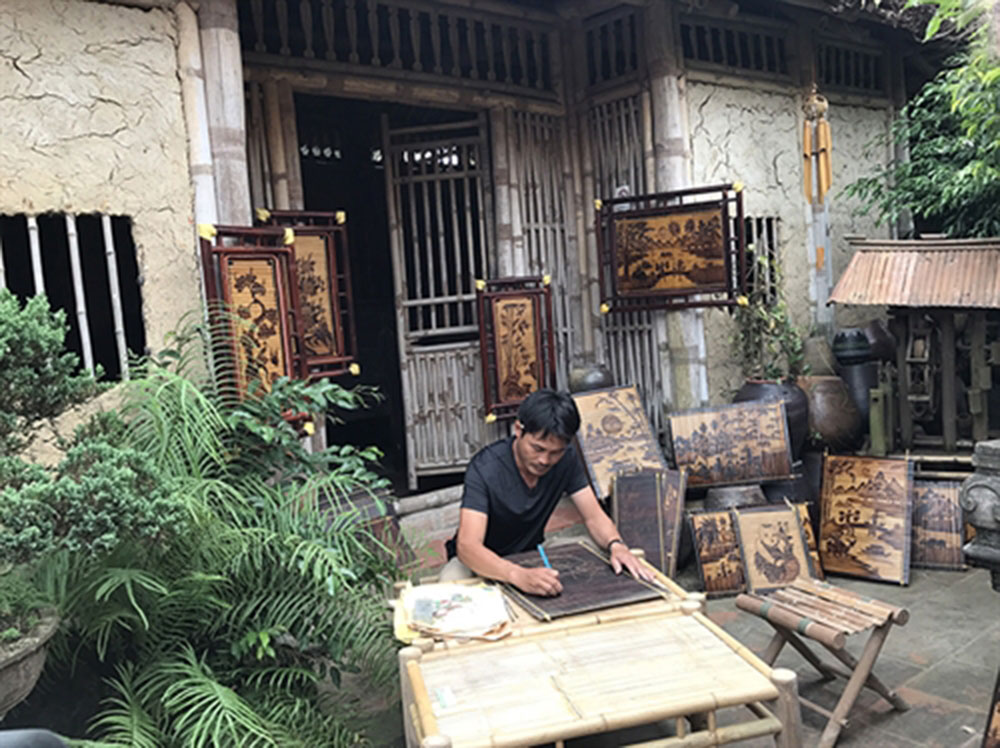
The stele area was built at the eastern end of the Van bridge over the To Lich river, on the field of crane yards between Nhi Khe and Trung Thon, on a land area about two acres wide in the North (720m) including the stele area worshiping Confucius, It is also a place of annual sacrifices for the most revered people in Confucianism; parallel to literature is the stele house. The oldest stele was built in 1690, with the names and positions of people in the Nhi Khe area who passed the Tran and Le dynasty, such as: Nguyen Phi Khanh passed, Dr. Nguyen Trai passed, Dr. Nguyen Hoa passed, Hoang Giap Nguyen. Dinh Tan passed Tham Hoa Nguyen Trung Luong passed Dr. Duong Cong Do passed Dr. Tran Dinh Du passed Label…
The steles built during the Tay Son and Nguyen dynasties continued to record those who passed later, such as: Duong Ba Cung, Luong Van Can, Luong Ngoc Quyen, Luong Truc Dam... The literary text is no longer there, only the stele house remains. Nhi Khe also has many temple houses worshiping famous people who have contributed to the village and the country such as: Duong family temple, worshiping their ancestors and Duong Cong Do, Duong Ba Cung; From the Nguyen Trung family street, worship Nguyen Trung Mach and Nguyen Trung Luong; From the Luong family hall, they worship their ancestors and Luong Van Can.
There is also a school built by Luong Van Can in 1924, now the classrooms for first grade children in the village, which was ranked at the City level in 2005 in Decision No. 1141/QD/UB dated August 25. /2005.
